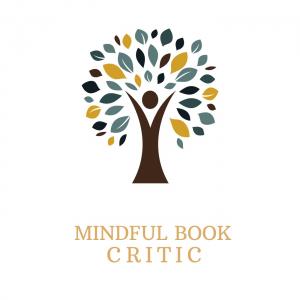Mindful Book Critic

Whole again- 7 Steps to Recover from Narcissistic Abuse and Reclaim Your Power
Have you ever felt like a piece of you was missing after a messy breakup? That empty feeling can stick around long after it’s over. In "Whole Again" by Jackson MacKenzie, I found some awesome tips that helped me reconnect with parts of myself I thought were gone for good. From tackling deep-rooted issues to finding your true self again, this book gives you real ways to transform your life. Picture letting go of that people-pleasing habit and creating healthier relationships. Come along as I share the amazing changes I experienced and my path to feeling whole again.






 Visit Podcast Website
Visit Podcast Website RSS Podcast Feed
RSS Podcast Feed Subscribe
Subscribe
 Add to MyCast
Add to MyCast